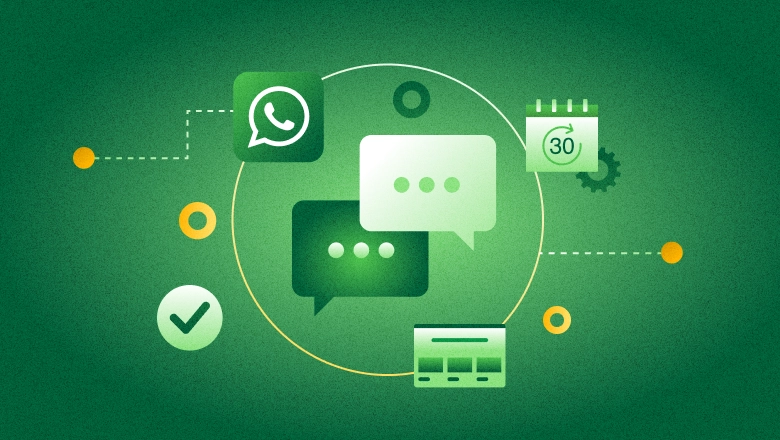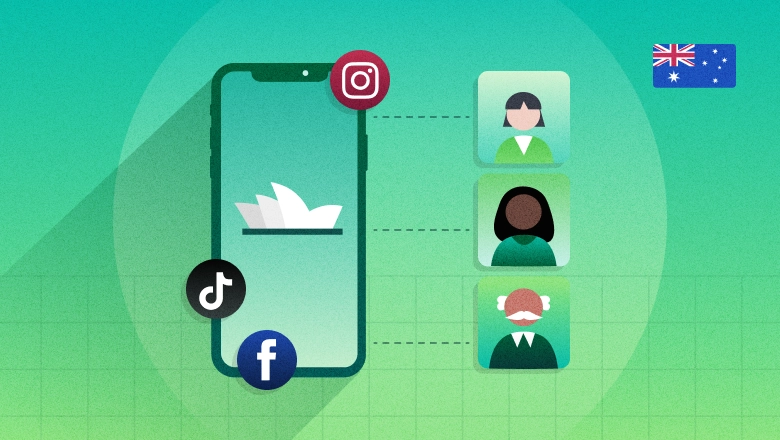What is influencer seeding? A guide for influencer marketers
Influencer marketing is one of the strongest tools to add to your social media marketing toolbox. And it’s something social media marketers can’t sleep Read more... The post What is influencer seeding? A guide for influencer marketers appeared first on Sprout Social.

Influencer marketing is one of the strongest tools to add to your social media marketing toolbox. And it’s something social media marketers can’t sleep on—86% of consumers purchase because of an influencer at least once a year.
As you begin your influencer marketing strategy, you need to consider some key questions upfront: Should you send your products to creators for free? What should you expect in return?
Influencer seeding is one way to start.
In this article, we’ll learn what influencer seeding is and how to use it to build relationships and win new customers.
What is influencer seeding?
Influencer seeding (or product seeding) is a strategic test, usually with a physical product or software.
You’re not asking for content outright, but you’re paying attention. If a creator posts and their audience engages, that’s a green light for future paid work. On the other hand, they’re likely not the right fit if there’s no content or traction. In a traditional sense, influencer seeding is a PR strategy.
In some cases, brands don’t start with paid deals. They want to see if the influencer-creator performs well or shows genuine excitement or interest in the brand during seeding as a filter.
For example, @tameli_g below received a gift from the B2C brand, Olehenriksen. The influencer thanks the brand for the product and posts about it. This would be a successful influencer seeding.
To kickstart a successful influencer seeding strategy, prioritize transparency and clear communication from the start. Let the influencer know you’re interested in building a relationship and want to send them your product. Make it crystal clear that you don’t expect anything in return. And extend an open invitation for future collaborations if they love your product.
Transparency builds trust with creators and audiences. Creators should commit to being open with their audience throughout the brand influencer partnership–whether it’s a paid or unpaid collaboration–maintaining trust through clear disclosure.
Influencer gifting vs. influencer seeding
Both gifting and seeding involve sending products to influencers. But what sets these tactics apart are their underlying intentions and anticipated outcomes, positioning them as sequential steps that lay the building blocks for formal partnerships.
- Gifting: Think of gifting as your “hello.” You send your product to an influencer with no strings attached or explicit expectation for content creation. The focus is on making a positive impression that might open the door to the next stage and build a long-lasting relationship.
- Seeding: Think of seeding as planting a seed—a strategic, low-stakes performance test to assess an influencer’s potential for future paid collaborations. If they organically post content about your brand that generates audience engagement, that’s a good signal that they would be a strong fit for a paid partnership.
- Partnership: Think of a partnership as moving from a handshake agreement to a signed contract. You formalize the influencer relationship with a written agreement and compensate them for their ability to drive authentic engagement with your brand. A strong performance during seeding often paves the way for partnerships.
Positive experiences with gifting can sometimes evolve into positive brand associations. Nat Miletic, the founder of Clio Websites, a local web design agency in Calgary, has a 65.6k following on X (formerly Twitter) and a loyal audience on LinkedIn. He’s had brand partnerships with ClickUp, Wix and other software and computer accessory brands.
“I have received products in the past that companies have asked for an honest review of,” he says, adding, “When no strings are attached and no pressure is applied, I am [more likely] to share it organically—and even multiple times if the product is good.”
When to choose seeding vs. paid campaigns
How do you know when to start with a seeding or paid partnership strategy? Knowing when to move into strategic product seeding instead of immediately opting into paid influencer campaigns comes down to your goals, budget and target influencers.
Here are some quick guidelines for choosing seeding versus paid collaborations:
- If you’re launching a new product and want feedback ➡ try seeding to get a genuine response.
- If you need guaranteed content for a specific campaign ➡ offer a paid partnership opportunity.
- If you’re social listening and discover a creator already posting about your product ➡ offer a paid collaboration.
- If you want to generate authentic buzz for a new product launch ➡ try seeding multiple influencers.
- If you have a limited budget ➡ begin seeding for authentic, unpaid mentions.
- If you have a large budget and want maximum exposure to the most people possible ➡ try paid partnerships for broader reach.
Types of influencers
Map out your influencer strategy and approach using influencer tiers. You can connect with these different tiers of influencers:
- Nano-influencers (1,000–10,000 followers): Passionate, everyday creators, ideal for authentic engagement and early feedback due to their close-knit communities and high follower trust (44% of brands prefer to work with nano-influencers)
- Micro-influencers (10,000–100,000 followers): Niche influencers with strong engagement, making them ideal candidates for seeding campaigns
- Macro-influencers (100k–1M followers): Broader reach, an option for seeding to generate buzz or paid campaigns for controlled reach and messaging
- Mega-influencers (1M+ followers): Celebrity-tier, best for large-scale paid brand awareness due to extensive reach
When choosing influencers to work with, also consider your social media channels and where you can find the right creators. For example, 57.1% of marketers prefer Instagram, and 51.6% prefer TikTok, making them major engagement hubs.
5 steps for a successful influencer seeding campaign
To maximize impact at scale, here’s how to build an intentional, results-driven seeding strategy:
1. Define your goals and choose the right influencers
Every influencer seeding campaign should be specific and measurable. Ask these questions:
- What product or service do you want to promote?
- What are the interests of the audience you want to reach?
- What kind of exposure and commitment do you want to see from influencers?
- What social media platforms do you want to focus on?
- What’s your main objective: awareness, purchase intent or something else?
Go beyond quantitative goals and consider these outcomes:
- User-generated content (UGC): Encourage influencers to produce honest, authentic content. It can spark a chain reaction, inspiring their followers to do the same, especially if it turns out to be a new trend or viral challenge.
- Product feedback: Ask for candid takes on your product. A public post featuring an honest opinion can spark engagement and positive chatter with an influencer’s audience.
- Influencer discovery: Early buzz from successful seeding experiences is social proof. It can attract similar creators in your network. The more positive reviews your collaborations rack up, the more likely other creators will notice and want to team up.
- Honest feedback for the product: Influencer seeding, especially with nano-influencers, is an excellent choice for candid feedback. Their willingness to help and their audience’s high trust and engagement create the perfect funnel for deeper insights.
- New product announcements: While seeding can introduce a new product, a paid macro-influencer campaign can create the splash you want with a major new release.
- Consider brand fit: Like finding that perfect brand ambassador, look for influencers whose voice and values match your brand. Platforms like Sprout Social Influencer Marketing can help you spot authentic connections and find influencers that align with your brand.
Gen Z and millennial audiences offer the greatest potential for influencer impact. According to the 2024 Influencer Marketing Report, they’re the most frequent buyers, often making daily or weekly purchases based on influencer recommendations.
2. Personalize your outreach
Personalize your outreach based on an influencer’s content, tone and audience alignment.
First, engage and comment on an influencer’s posts. Once you’ve engaged a few times, you can start a conversation and add a personal touch to your outreach in the DMs.
You may not be in the coffee business, but you can send a message like this in the DMs:
Hey Sara,
We love your honest coffee reviews! Especially the [EXAMPLE] post because [REASON].
We roast responsibly sourced organic beans from Central America and would love to send you a bag—no strings attached.
We would appreciate your feedback, if you’re open to it. Would you like me to send it over?
3. Deliver a memorable product experience
When you get a yes from an influencer, it’s time to wow them. This is your shot to make a memorable impression that develops into a long-term connection.
Here are strategies to nail that all-important first impression and set the stage for a successful influencer collaboration:
- Start strong: Lead with your best. If you want to impress and win over a creator, forget sending samples or anything less than your top-tier product.
- Use beautiful, personalized packaging: Maximize the unboxing experience by sending your product in premium packaging—remember, unboxing videos are popular UGC. The more personalized the packaging, the deeper connection you can create. Returning to the coffee company example, you could emboss the influencer’s name on the bag or make a coffee blend named after them. If you’re a software company, UGC can look like a creator uploading a screen recording of their onboarding experience.
- Include a personal note: Add a personal touch with a handwritten note of appreciation or a video or DM if it’s a digital product. Pen a brief thank you—with no strings attached. Bonus: your personal note might end up posted on the influencer’s feed.
- Add thoughtful details and helpful information: Think outside the gift box. Add thoughtful tips for enjoying your product or enhancing the experience. Consider adding something personal (like a custom label) or an unexpected detail (like a product hack from a superfan).
Blizzard, the video game company, took influencer personalization to the next level—famously naming characters in its Diablo 3 game after community members. One member was Rhykker, the popular YouTube influencer who reviews the game’s latest updates and expansions. The more unique and creative you are, the more likely these experiences will land on social media feeds.
4. Track impact
After you put in the effort to impress and connect with influencers, how do you measure your success? Tracking your campaign’s impact helps you tie your social media goals to your business objectives and better collaborate with your team. Key metrics include:
- Engagement rate
- Earned media value (EMV)
- Products sent vs. organic post rate
- Earned organic mentions
- Organic reach and organic views
- Share of Voice
Influencer seeding can be challenging when it comes to ROI and integrating reporting with your social strategy. Influencer analytics tools and management platforms are invaluable in bridging that gap and providing the data you need to measure impact. Keep in mind that the data available for measurement can vary between social networks. Understanding these limitations beforehand is essential for analysis and setting realistic expectations.
With platforms like Sprout Influencer Marketing, the complexities of ROI tracking and reporting disappear, allowing you to connect influencer content to real business impact.
Influencer performance data also helps you refine your strategy by identifying which creators, social media channels and content types perform best and deliver the strongest results.
With an influencer marketing platform like Sprout Influencer Marketing, you can:
- Find the right creators for your brand by describing the content you want to create.
- Lower the risk of reputation damage with regular safety checks.
- Save time on influencer reviews with automated red-flag detection.
- Boost your ROI by discovering high-performing, brand-aligned creators.
- Organize your prospects into easy-to-manage lists, so you know who to contact first.
5. Follow up and build long-term trust
Ask for feedback after an influencer test drives your product. If they suggest improvements, ask for details. For example, if you sell coffee beans and a coffee influencer thinks your beans are bitter, ask them to rate them from 1 to 10. Ask about similar brands they enjoy and coffee flavors they prefer. If you send a new bag of beans tailored to their taste, they’ll appreciate that you’re paying attention.
Nurture genuine connections with these strategies:
- Engage with the influencer’s posts
- Share relevant posts (with permission)
- Send small gifts based on a creator’s post or interests
- Share or compliment influencers’ posts when they reach a key milestone or create unique content
Benefits of influencer seeding
The potential reward of finding a creator who shares your values, amplifies your content and grows your audience is undeniable. Influencer seeding is worth the effort and can unlock major benefits, including:
- Authentic content: Without the pressure of expectations, your creators may post their honest opinions. Their followers can usually tell the difference between sponsored and organic content, making the creator’s authenticity a powerful force that skyrockets your ROI.
- Cost-effective reach: When the influencer seeding relationship is based on a relationship (not a transaction), creators often post for free. Future paid campaigns will likely be more affordable for you than a new brand contacting them for the first time.
- UGC potential: One well-received gift can launch a thousand posts. As you send gifts and engage with the creator, they’re more likely to post about you. One viral post can inspire their followers to create similar, brand-aligned content.
- Long-term loyalty: Influencers you build genuine relationships with will likely collaborate with you long after their first organic post.
Knowing that 49% of consumers make monthly purchases swayed by influencer posts, these benefits make influencer seeding a savvy investment.
Like any investment, influencer seeding has its risks. You might not receive guaranteed content. You might waste product on the wrong influencer picks. And without the right tool, you may have difficulty tracking ROI.
With platforms like Sprout Influencer Marketing, marketers can minimize risk and maximize every stage of influencer seeding from discovering the right creators and precisely tracking performance to achieving maximum campaign impact and strong ROI. You can also customize brand safety topics and signals to flag risky content. Each creator profile includes a report that makes vetting seamless.
Stop sending out product using a trial-and-error approach, hoping the influencer who gets their hands on your brand is a match. With Sprout’s AI-powered, topic-led searches, you can find brand-aligned creators to post about your product to your target audience.
At our Breaking Ground: Q1 2025 Product Launch Event, Senior Solutions Engineer Katherine Maddux focused on the power of data-driven influencer marketing. “You can take the guesswork out of influencer marketing by uncovering which influencers command the most attention […] and which content resonates most with your target audience.”
How Sprout Social supports scalable influencer seeding strategies
Manage all your conversations, content reviews, approvals and KPIs in one central platform: Sprout Influencer Marketing. From campaign planning to content feedback, you can simplify influencer management and create seamless communication across your team.
Sprout helps marketers discover influencers and monitor their impact through performance tracking. With this data-driven approach, you can cultivate loyal relationships built on communication, transparency and authentic connections.
Our reporting and analytics tools make tracking performance, showcasing results in your reporting and tying your performance to business goals effortless.
Get a personalized Sprout Influencer Marketing demo today to experience firsthand how you can transform your influencer campaigns.
The post What is influencer seeding? A guide for influencer marketers appeared first on Sprout Social.















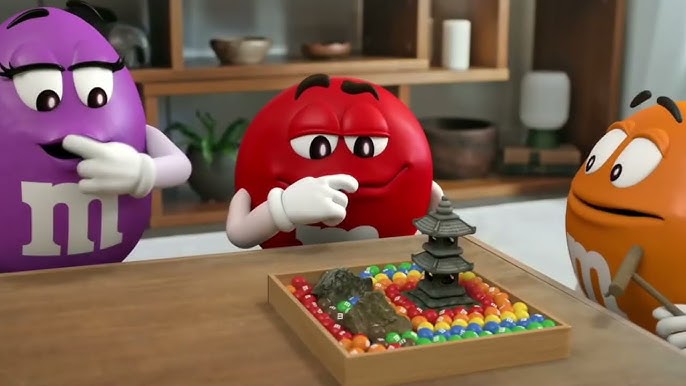



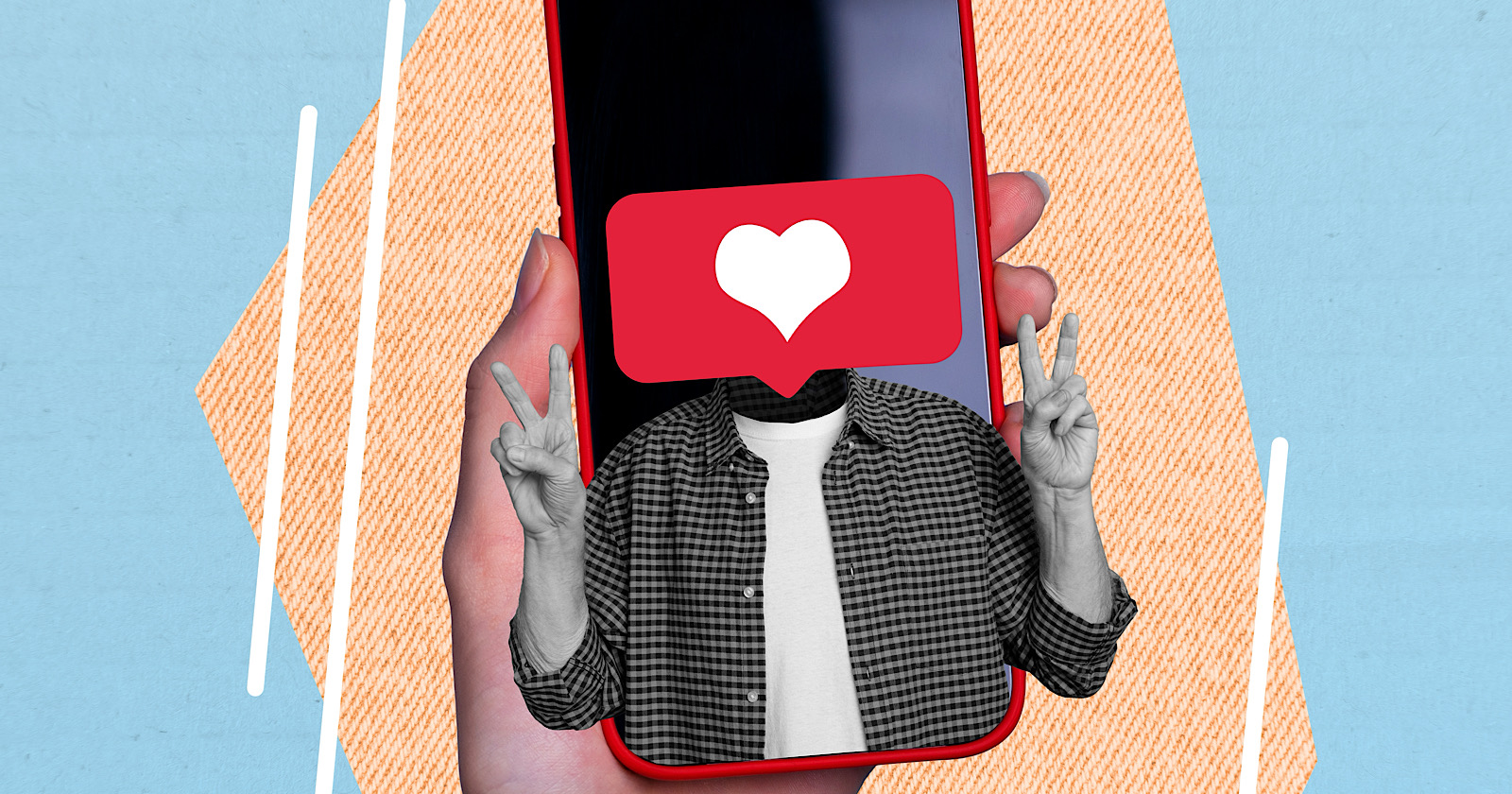

![Brand and SEO Sitting on a Tree: K-I-S-S-I-N-G [Mozcon 2025 Speaker Series]](https://moz.com/images/blog/banners/Mozcon2025_SpeakerBlogHeader_1180x400_LidiaInfante_London.png?auto=compress,format&fit=crop&dm=1749465874&s=56275e60eb1f4363767c42d318c4ef4a#)




![How To Launch, Grow, and Scale a Community That Supports Your Brand [MozCon 2025 Speaker Series]](https://moz.com/images/blog/banners/Mozcon2025_SpeakerBlogHeader_1180x400_Areej-abuali_London.png?auto=compress,format&fit=crop&dm=1747732165&s=beb7825c980a8c74f9a756ec91c8d68b#)
![Clicks Don’t Pay the Bills: Use This Audit Framework To Prove Content Revenue [Mozcon 2025 Speaker Series]](https://moz.com/images/blog/banners/Mozcon2025_SpeakerBlogHeader_1180x400_Hellen_London.png?auto=compress,format&fit=crop&dm=1747758249&s=9f3c5b1b7421f862beace1cb513053bb#)
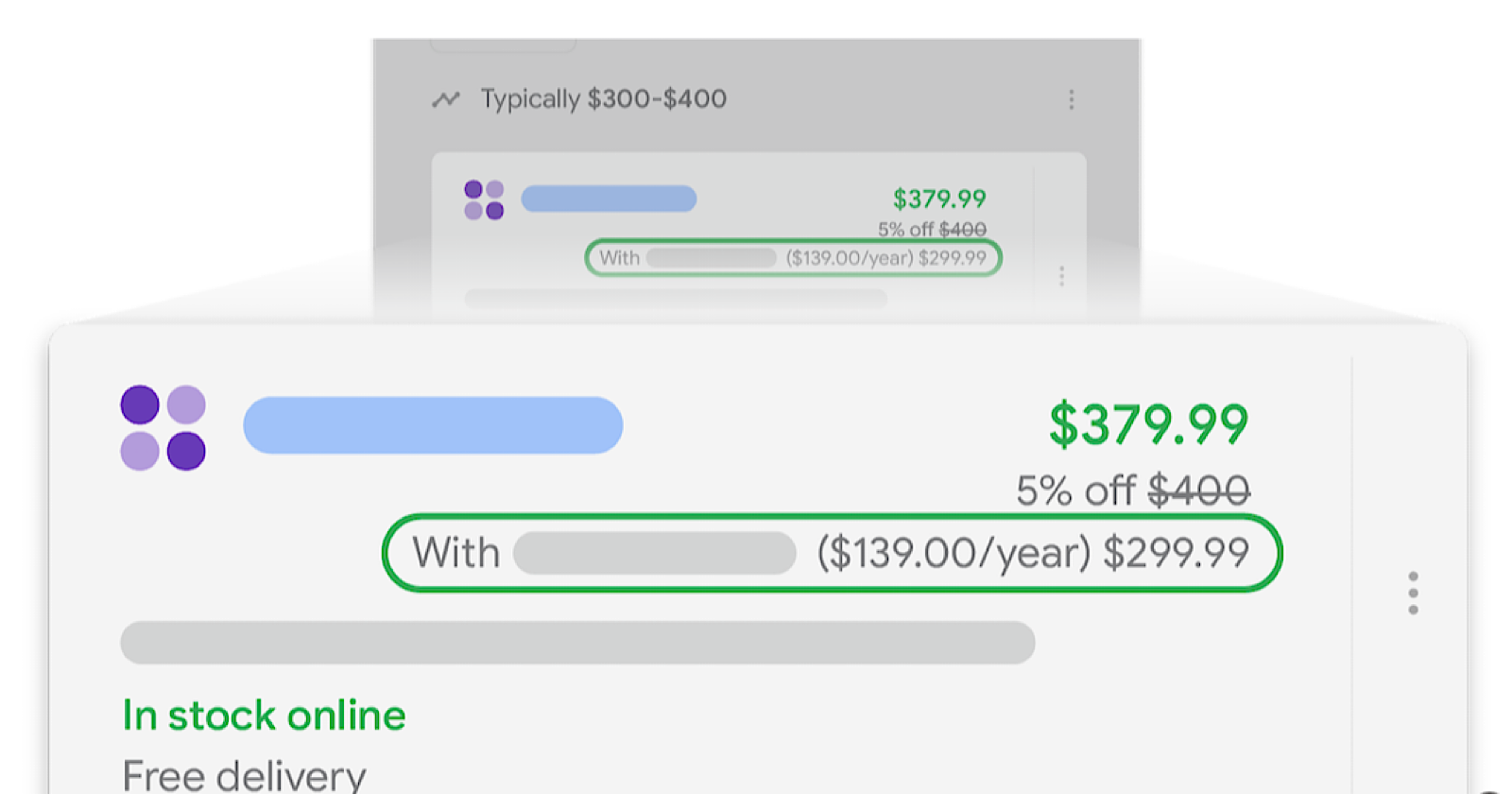









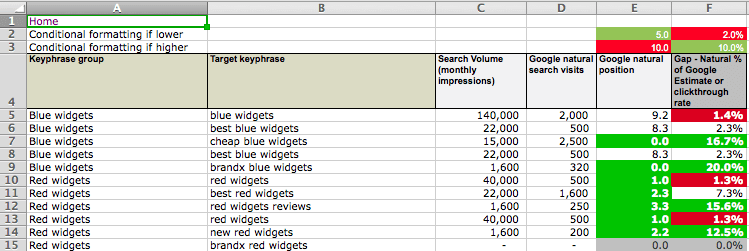
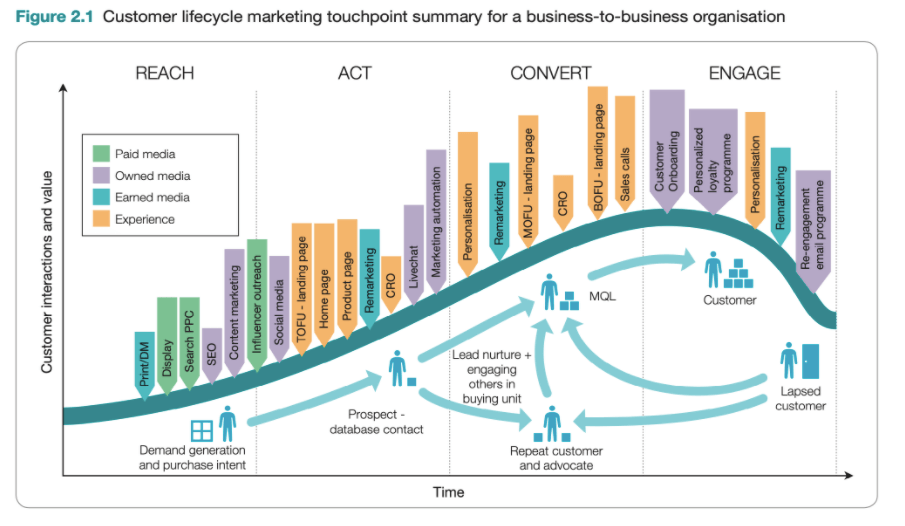











![The 11 Best Landing Page Builder Software Tools [2025]](https://www.growthmarketingpro.com/wp-content/uploads/2024/04/best-landing-page-software-hero-image-1024x618.png?#)




































![The Most Searched Things on Google [2025]](https://static.semrush.com/blog/uploads/media/f9/fa/f9fa0de3ace8fc5a4de79a35768e1c81/most-searched-keywords-google-sm.png)
![What Is a Landing Page? [+ Case Study & Tips]](https://static.semrush.com/blog/uploads/media/db/78/db785127bf273b61d1f4e52c95e42a49/what-is-a-landing-page-sm.png)
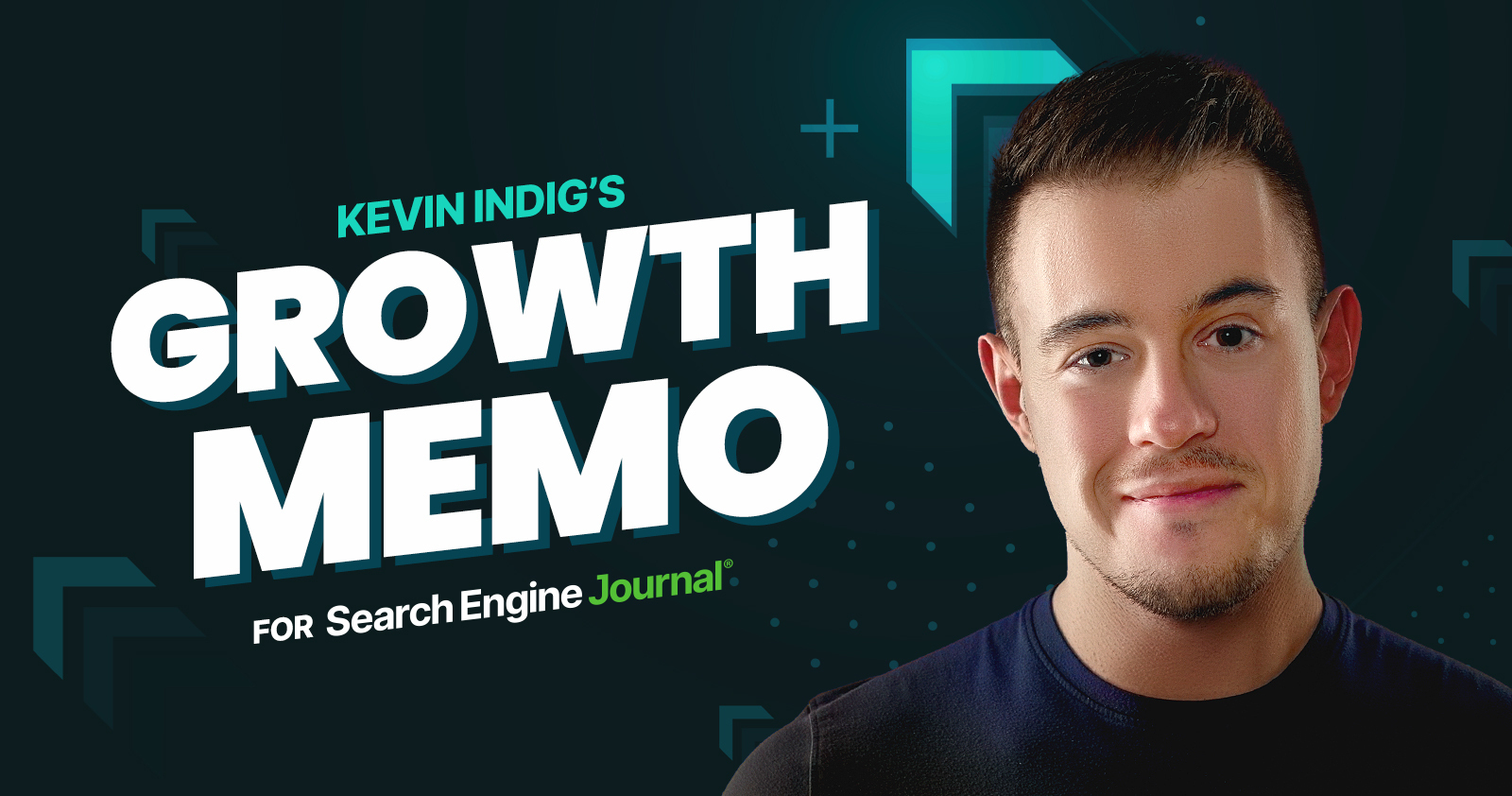













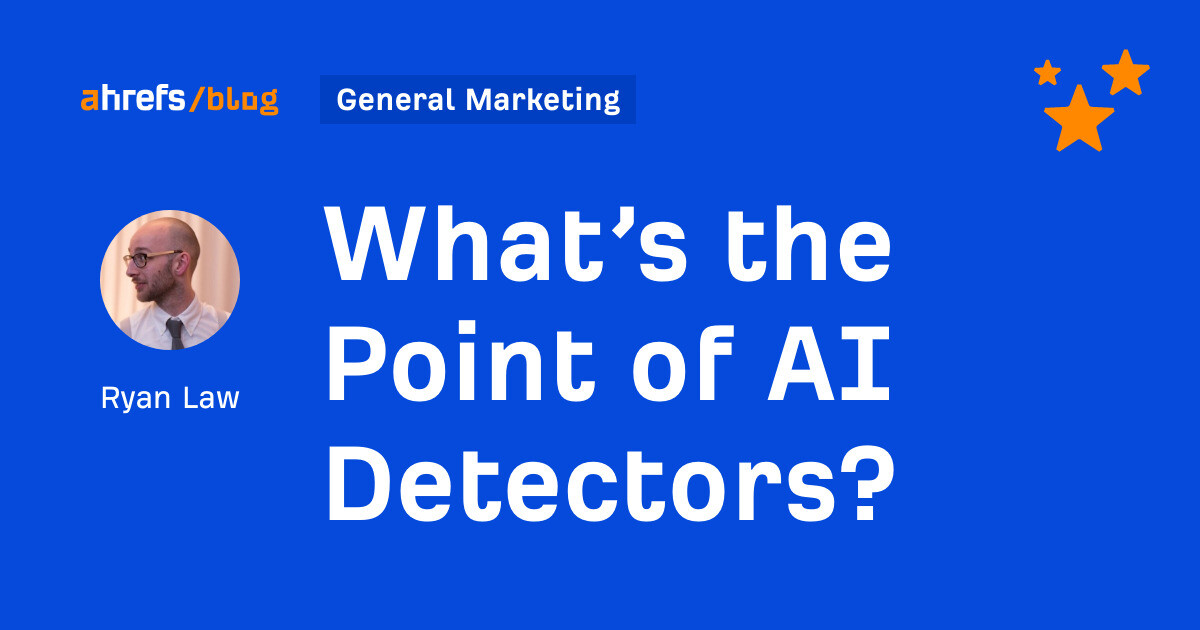

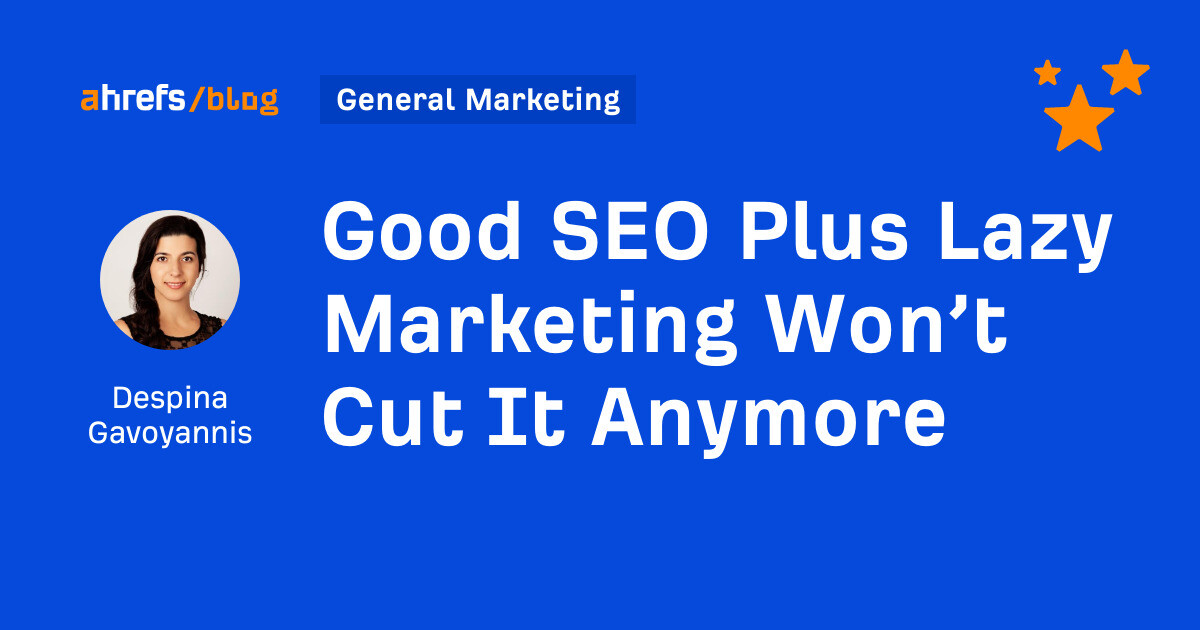
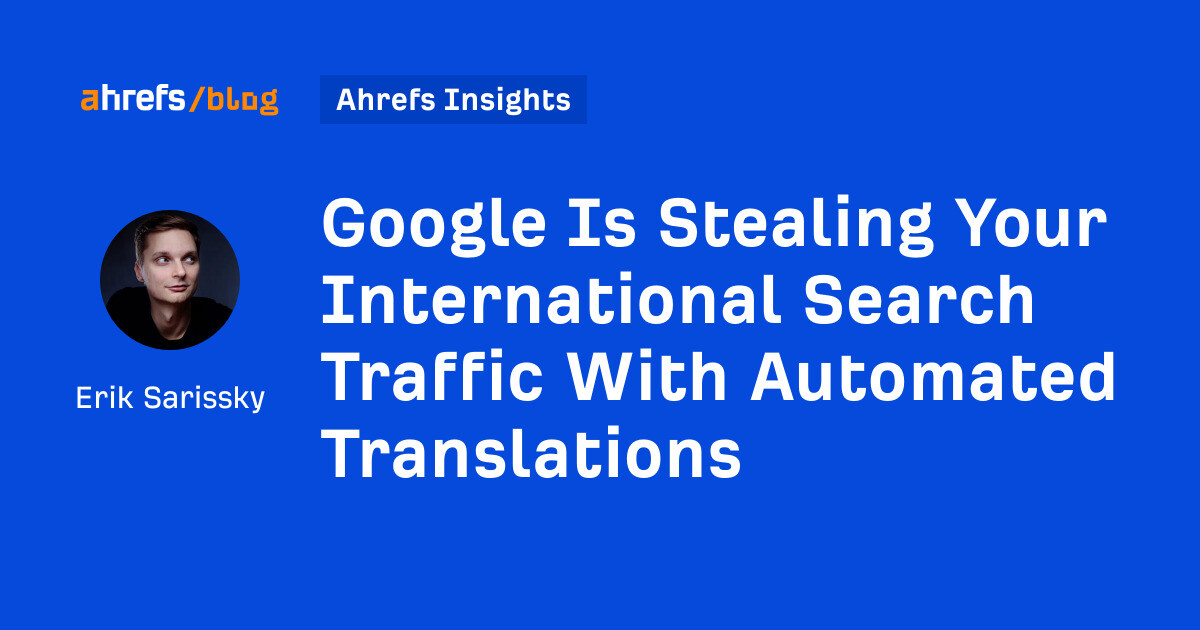
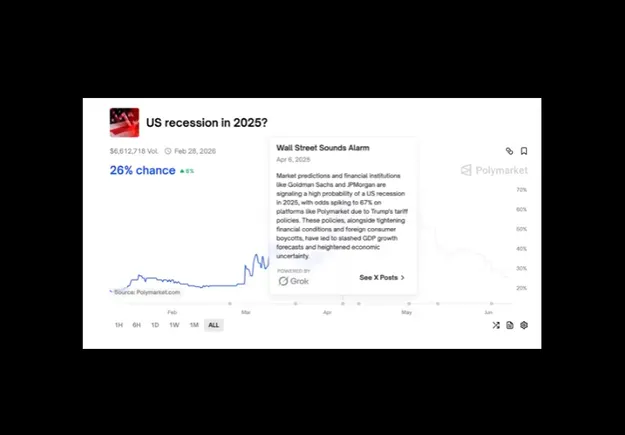

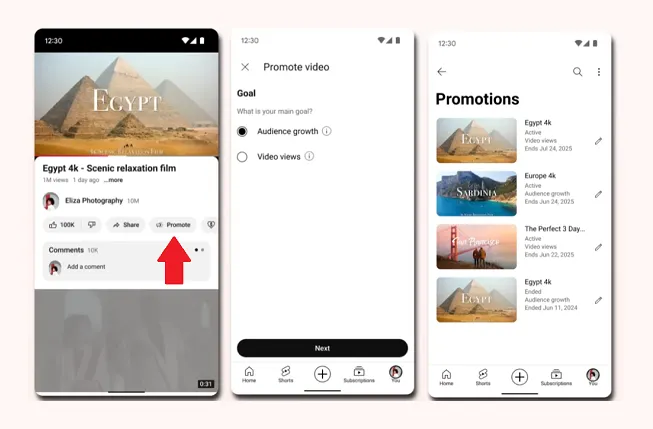
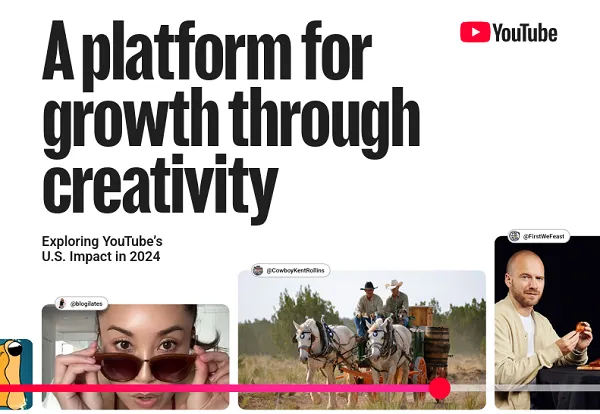

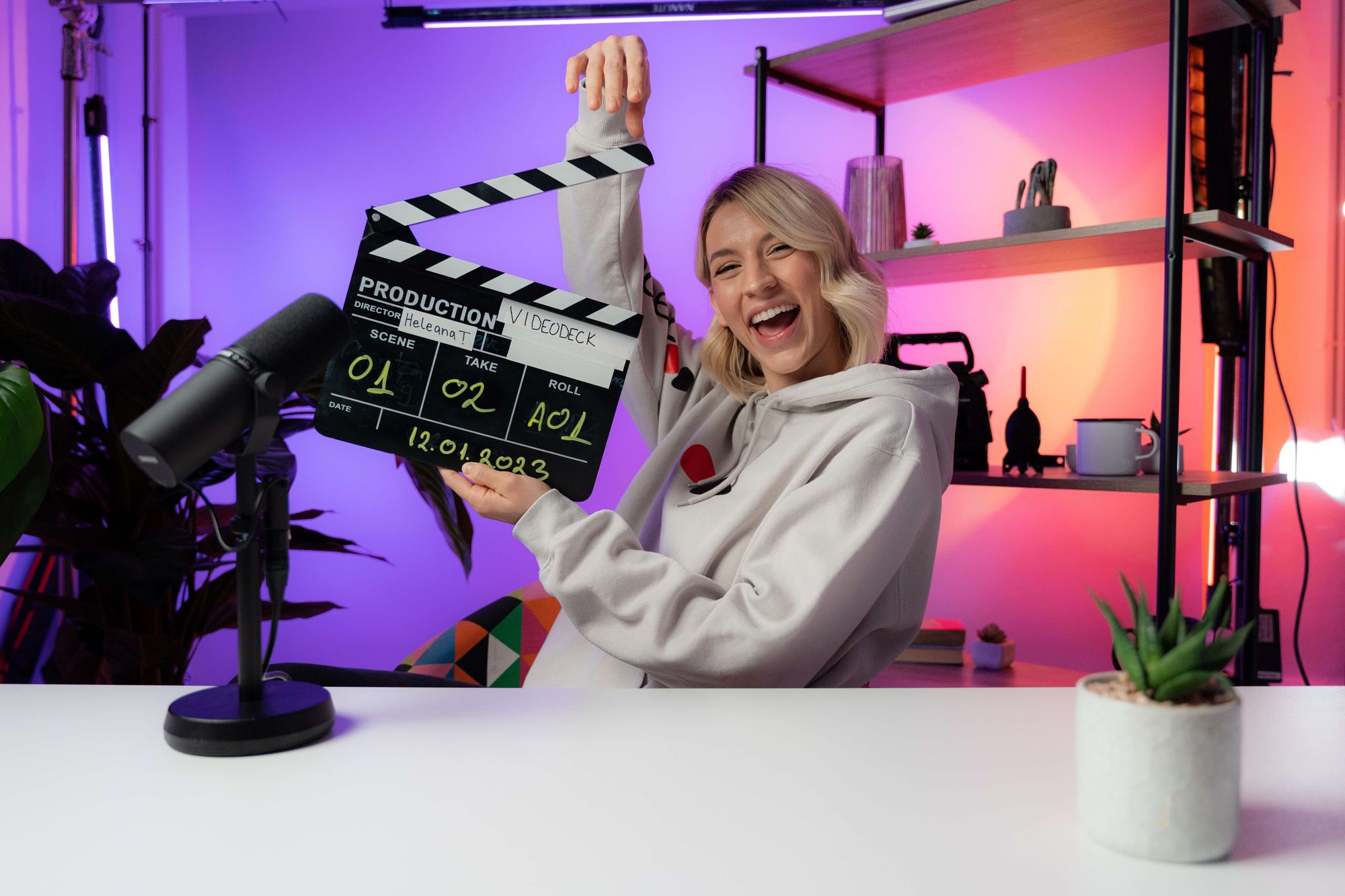







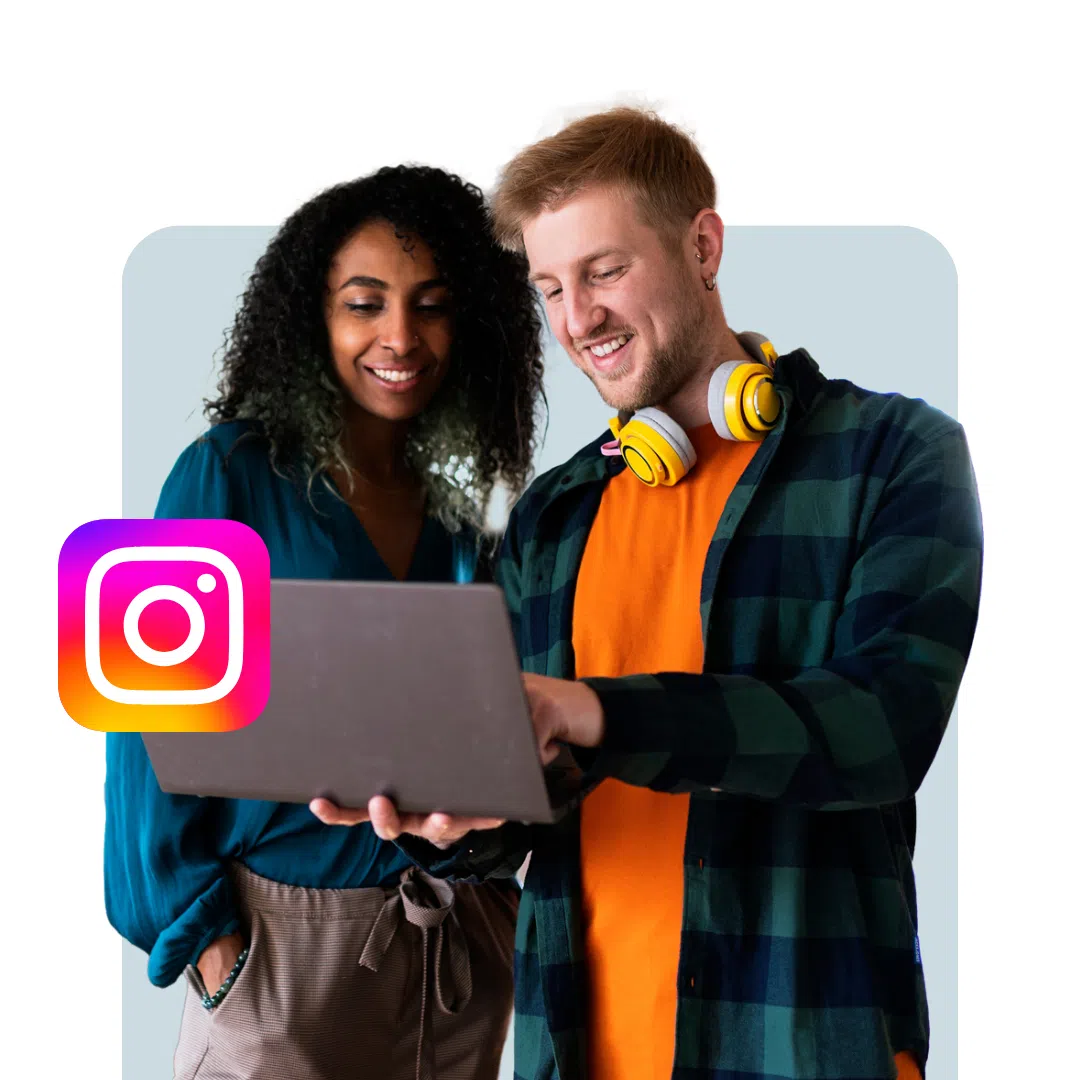
![Social media image sizes for all networks [June 2025]](https://blog.hootsuite.com/wp-content/uploads/2023/01/Social-Media-Image-Sizes-2023.png)
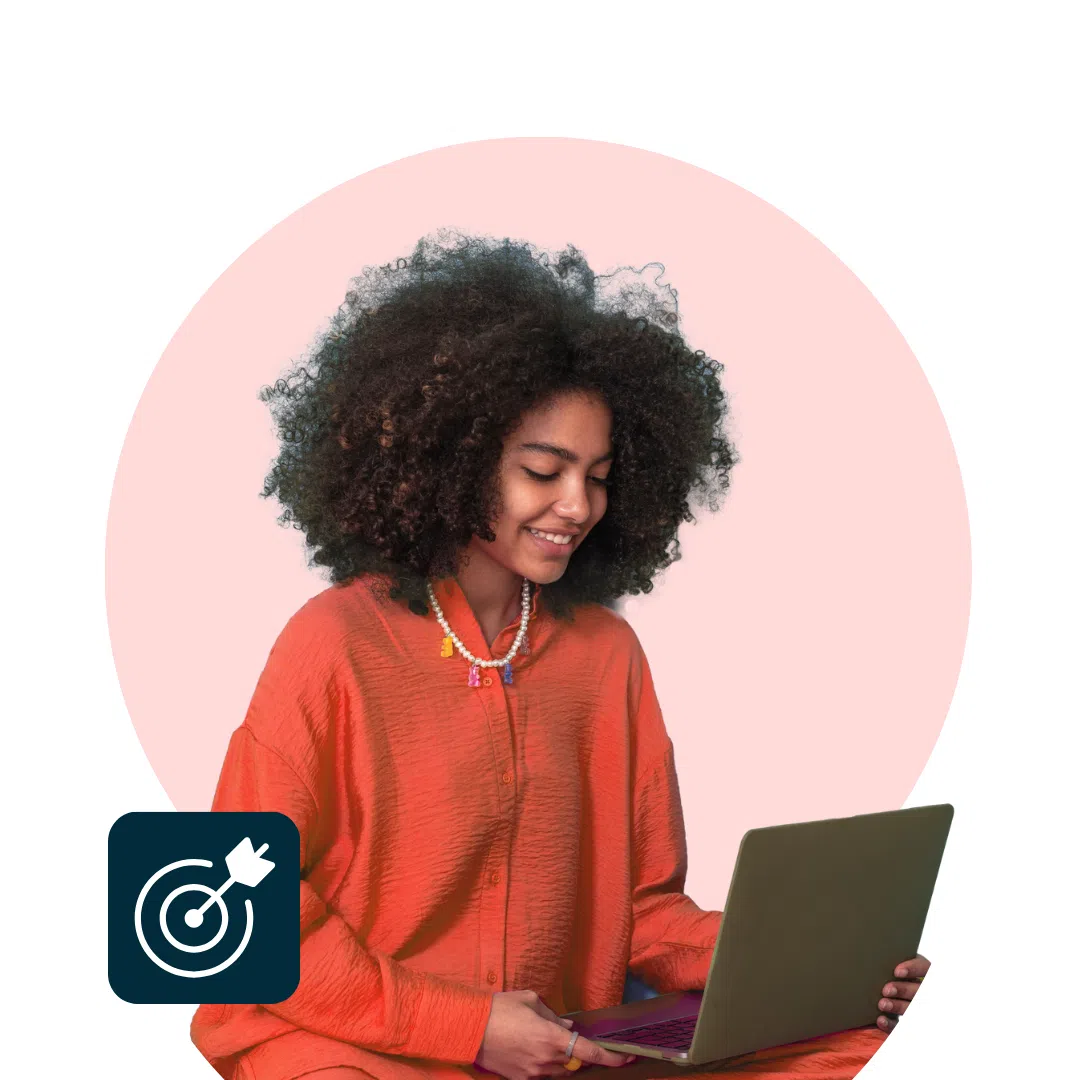
![AI can boost conversions from your web page — HubSpot’s CMO shows you how [tutorial]](https://knowledge.hubspot.com/hubfs/ai-1-20250605-395473.webp)
![The state of inclusive marketing in 2025 [new data + expert insight]](https://www.hubspot.com/hubfs/inclusive-marketing-report.webp)



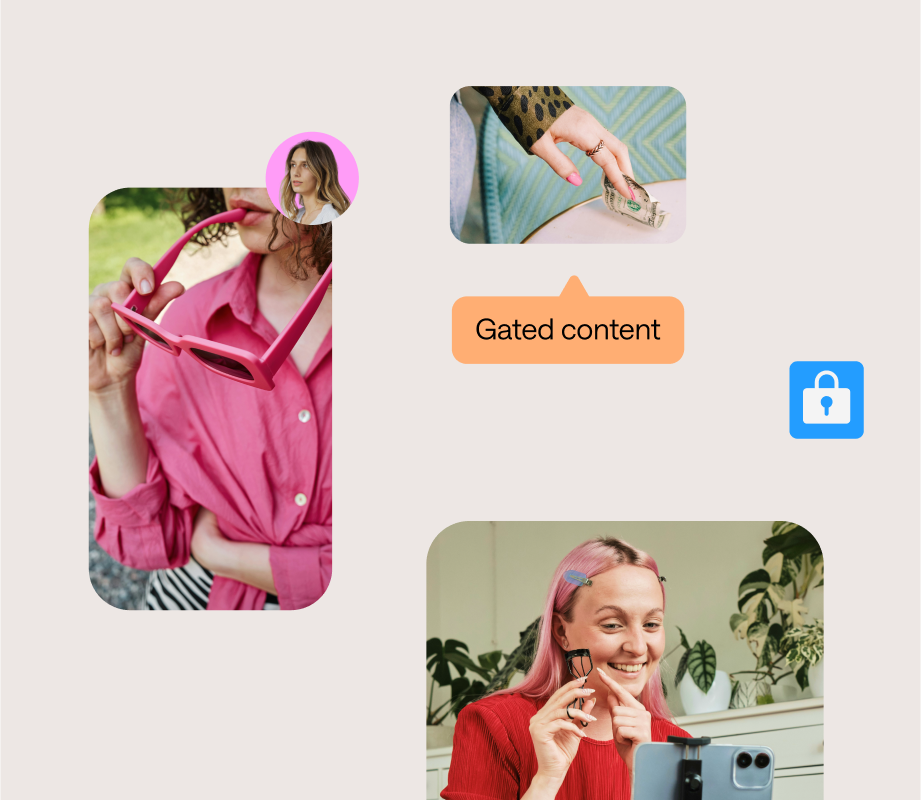



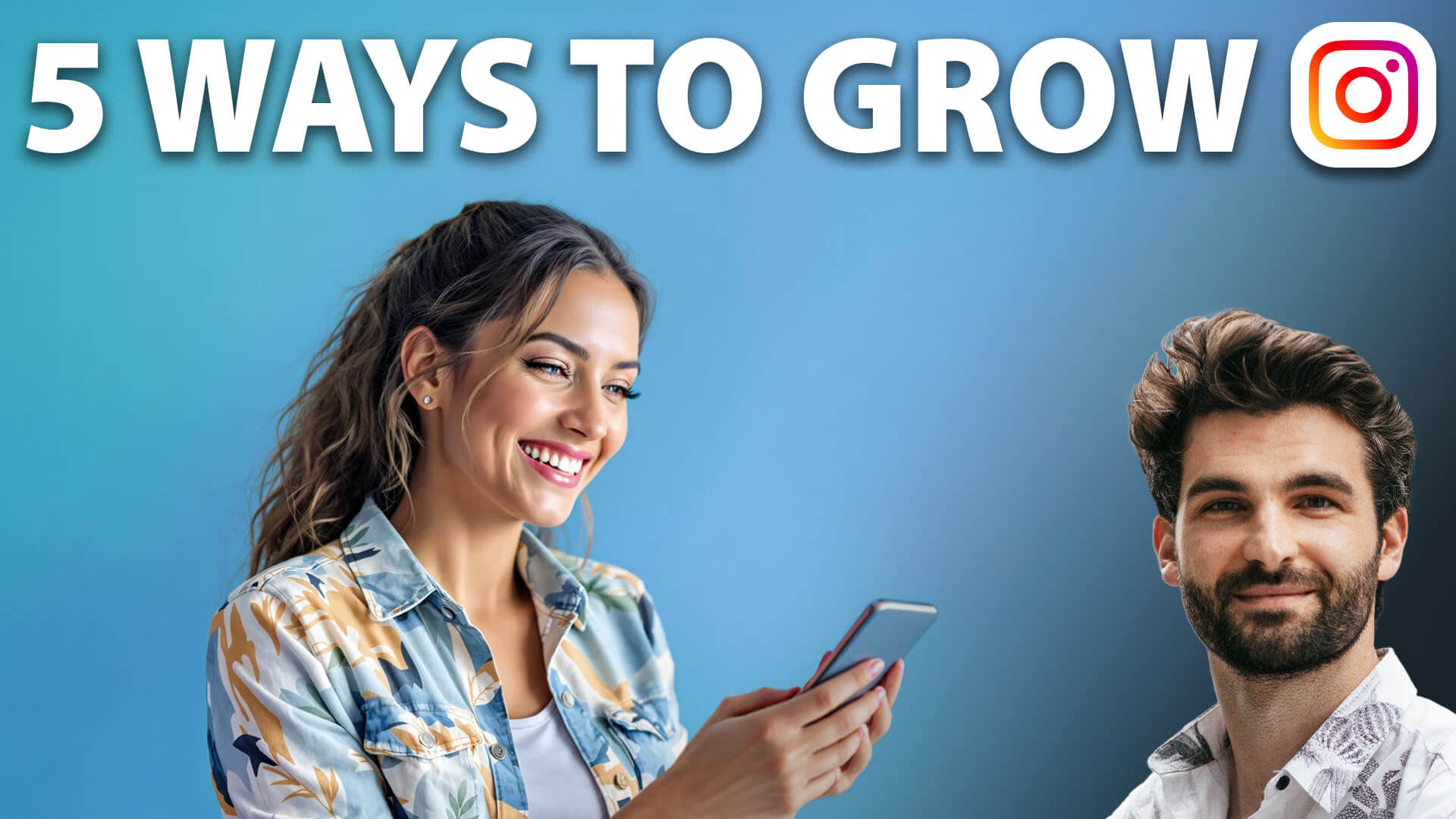

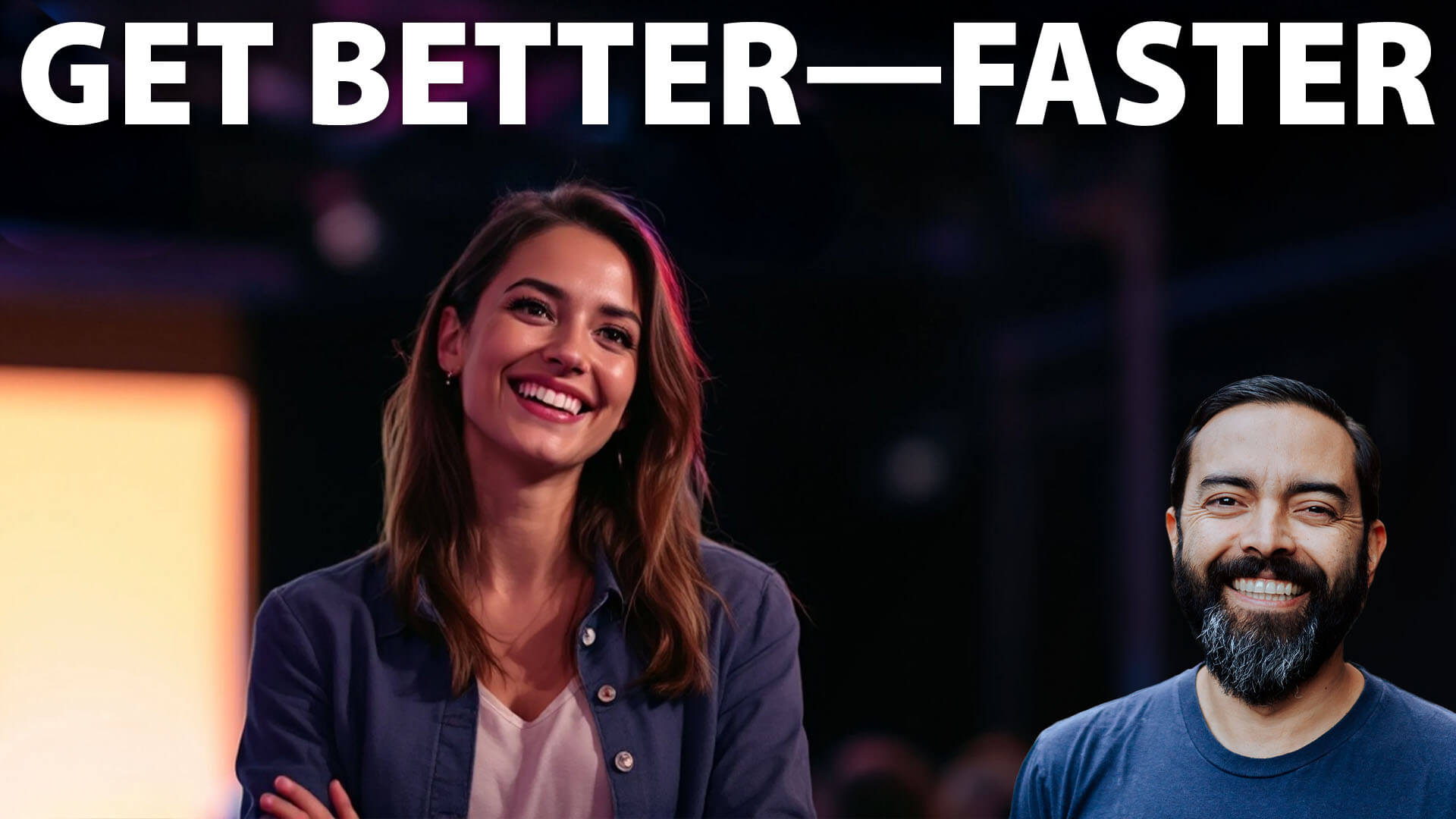




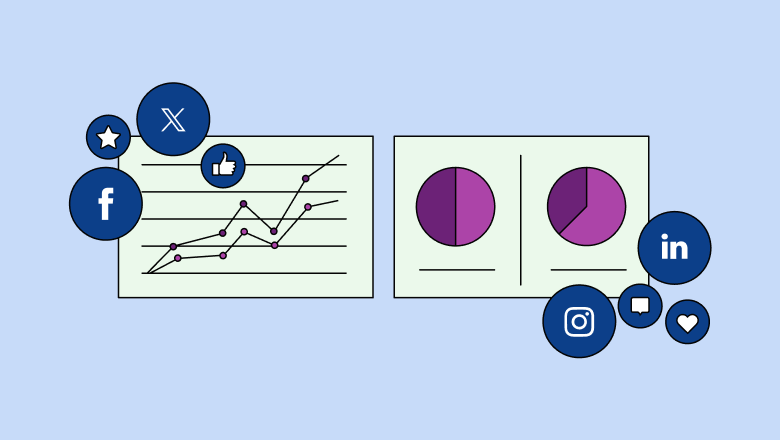
![Always Up-to-Date Guide to Social Media Video Specs [Facebook, Instagram, TikTok, X, YouTube, LinkedIn, Pinterest, Snapchat]](https://media.sproutsocial.com/uploads/2023/11/Always-up-to-date-guide-to-SM-video-specs-Final.jpg)









